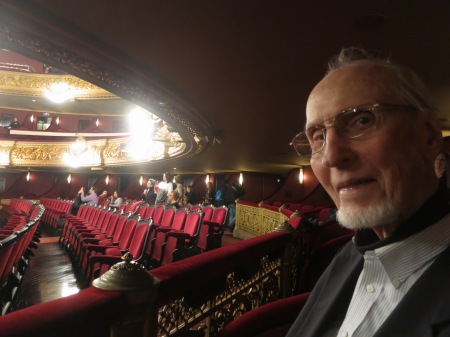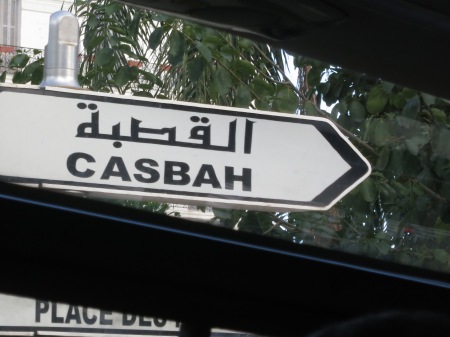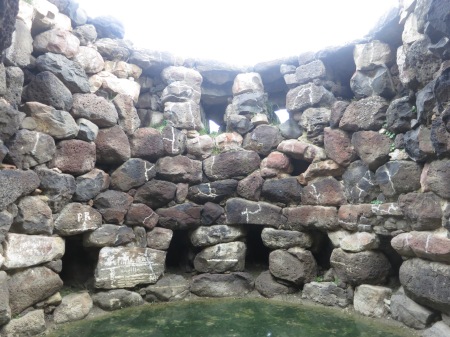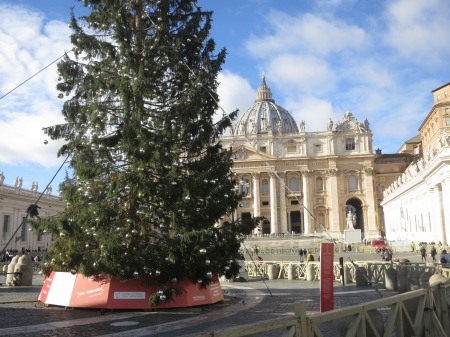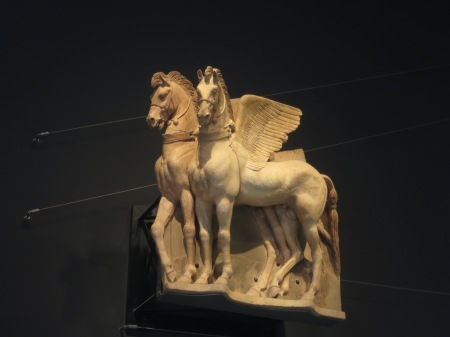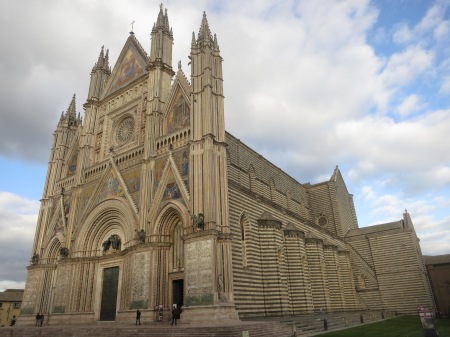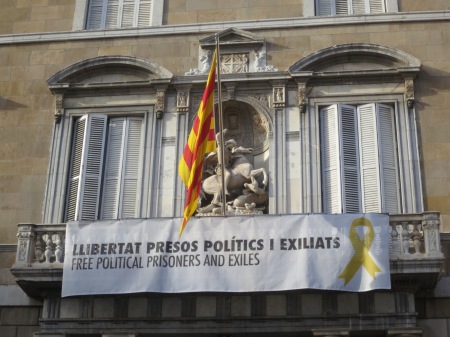
I’ve never known anyone who hasn’t been enthusiastic about Barcelona, and it’s easy to understand why …
It’s a walking city. It’s mostly on the flat, and the shopping area outside the old quarter — where Sagrada Familia is –was laid out in the late 19th century by an architect who believed in wide tree-lined streets and pedestrian zones at each corner. As a result, streets in this area are eight lanes wide, of which two are for parking, two for car traffic, and four for pedestrians. This doesn’t include the sidewalks … outdoor cafe heaven! It helps that Vespas are ubiquitous and some of the parking areas are set aside for motorbikes. Someone told us that Barcelona has more motorbikes per capita than any other European city, and I can well believe it.
Many of the streets are tree-lined, and the major ones have plenty of places for pedestrians to sit. There’s also bike lanes — 100 km of them in the city — so even through the car traffic is sequestered to a few lanes, traffic seems to move quite smoothly.
Then there’s the longevity. The old quarter is medieval, the cathedral is Gothic. But much of the modern city was built between the Belle Epoque and Art Nouveau, and since Spain wasn’t directly involved in the two World Wars — the only time the city was at risk was the Spanish Civil War. That involved barricades and such in Barcelona, but no real destruction. And so here Barcelona is, a Paris of Iberia, the capital of Catalonia, welcoming the world.
We have seen plenty of Catalan colors, and also yellow ribbons. The latter confused me until I saw the signage that equated the yellow ribbon with the need to free political prisoners — presumably from the Catalan attempt to succeed from Spain a year ago. Lots of emotion, but action? We asked one taxi driver it Catalonia would secede, and his answer was “absolutely not.” He equated it to California’s economic situation in the US – wealthy, but not so if its obvious market went away.
Interesting,
Frank was absolutely mesmerized by the Sagrada Familia this morning. He pointed out that all the pictures that we have seen are of the outside — which is just plain weird — it was the inside and especially the stained glass windows that blew him away. Me, I liked it all. I also liked the fact that Gaudi wasn’t the first choice of architect – that went to another guy who quit after one year. His original plans call for a 19th century neo-Gothic cathedral. Absolutely ho-hum. So if he hadn’t quit, the resulting church would be absolutely uninteresting and indistinguishable from every other 19th century neo-Gothic edifice.
A different kind of interesting.



 Posted by martyhelman
Posted by martyhelman 